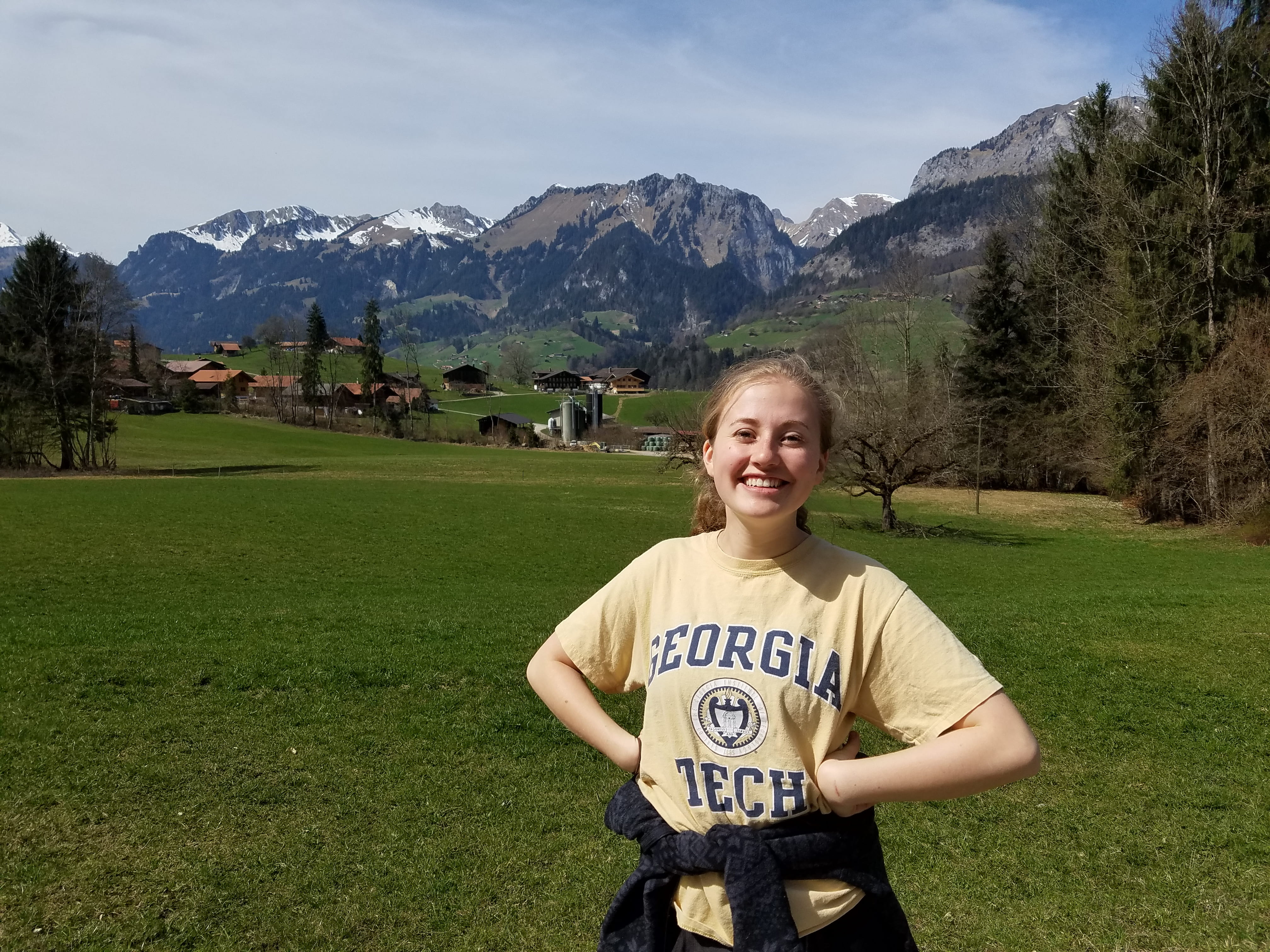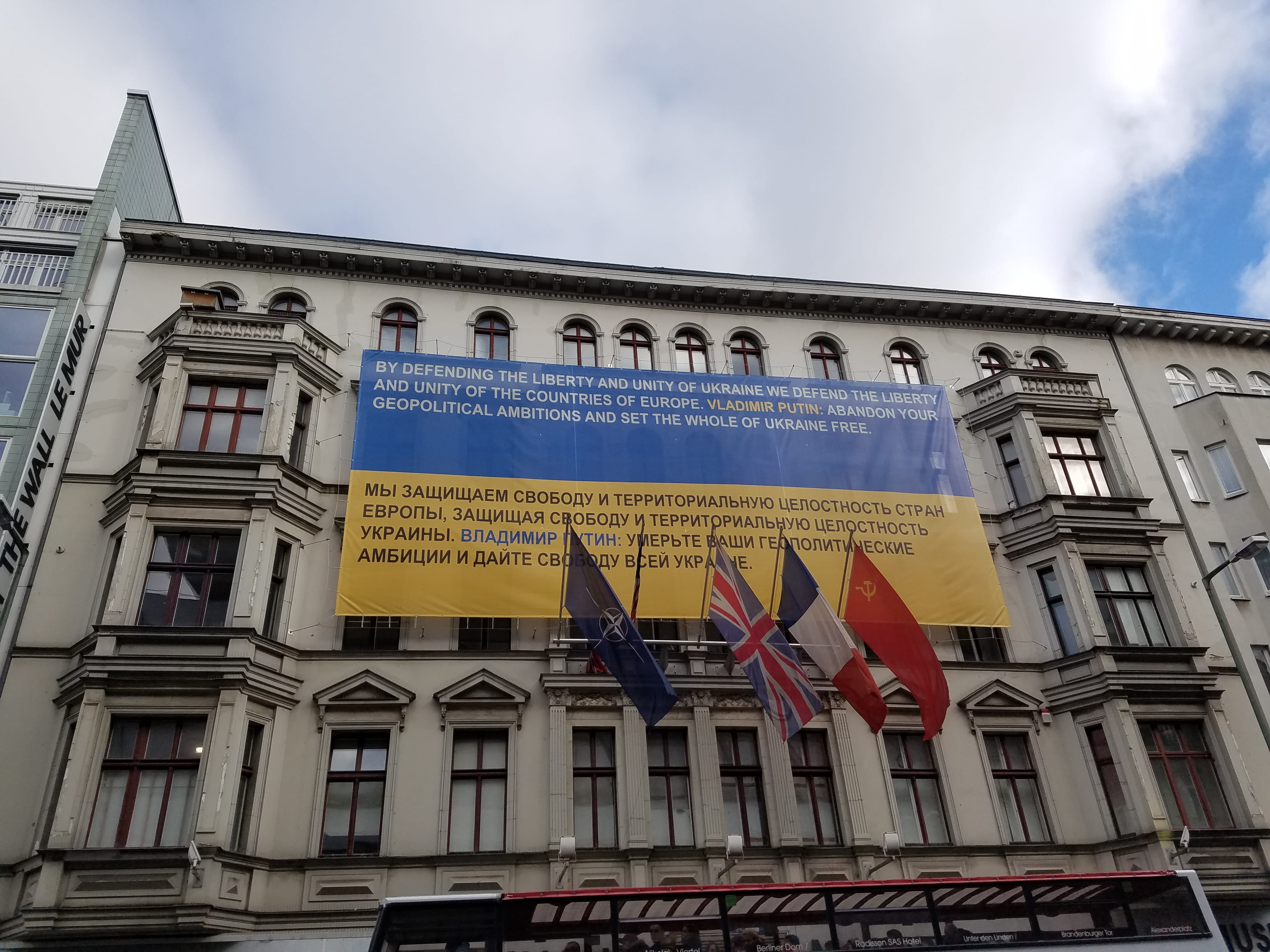For the last month or so I have been plagued with an affliction affecting both appearance and convenience. Something I normally kept under control was turning into a real disaster; I mean my hair, of course. I try to keep a nice, neat trim so that, for one, I don’t look like more of a homeless person than I already do on account of my beard, and for two, because my hair is a disaster to take care of when it exceeds more than 2 inches. Now you might be saying, “Sam, you realize that there is an entire industry dedicated to the maintaining and styling of the hair?” Well the sad truth is, that being the scared anti-social person that I am who speaks little to no French, I have been too scared of the awkwardness to try and go to a hair salon. I’ve been picturing the hairdressers just rattling off rapid-fire French and looking at me like an idiot when I have no idea what to do, and that scary mental picture has kept me away for some time. But eventually, enough was enough, and I decided I couldn’t wait another month to get my hair cut at home.
To prepare for this daring feat, I put myself through a boot camp of hair-related French vocabulary until I felt somewhere short of confident that I could probably get the majority of my point across about what I wanted. I’d heard from other people that there was a place in CORA, the local superstore, where I could get my hair cut, so off I went. When I got there, I found that there is not one, but two hair salons, next door to each other, inside this store. I hope this gives you an idea about how massive this place is. Consulting Facebook, people said that St. James was the better of the two salons, but upon inspection, the alternative seemed much more  inviting, and more along the lines of a Great Clips or something like that. Not being particularly picky about my hair, and the fact that it was cheaper didn’t hurt, I stepped into Diagonal Coiffure.
inviting, and more along the lines of a Great Clips or something like that. Not being particularly picky about my hair, and the fact that it was cheaper didn’t hurt, I stepped into Diagonal Coiffure.
I started off strong by telling the gentleman at the counter that I need a haircut in what I can only assume was atrocious French. However he seemed to understand, because for guys, haircuts were about all they did. I encountered a bit of a snag afterward when I walked back to the chairs and awkwardly stood there for a few seconds. One of the ladies said something to me in French, and I think I kind of just stared at her, probably drooling, until, through the magic of charades, she gestured for me to sit in one of the chairs. After that my boot camp training kicked in, and I feel like I was able to pretty accurately say, in French, what I wanted for my haircut. This lady seemed to be able to speak some English, but being stubborn and wanting to use the language of the country I’m residing in, I proudly didn’t speak a single word of English the entire time, even managing to tell her that I was an international student studying at GTL in Technopole. After no time at all, I was done and finally sporting a cleaner look.
Although there were definitely some moments of awkwardness, the process was nowhere near as bad as I had imagined, and I even had some fun speaking a foreign language, although some gesturing was necessary due to terrible pronunciation. I feel like I learned a few lessons from this experience. First of all, don’t overthink things. They are rarely as terrible as what you can conjure of in your mind. Second, most people are actually nice and accommodating and will try to meet you halfway if they can see that you are trying. And last of all, a few minutes of being uncomfortable is better that a long period of inconvenience. If you just decide to go for it, whatever “it” is will almost always work out in the end, even if there are sometimes a few snags along the way.






























 saw a tentacle unfurl under one of the rocks. My girlfriend instinctively took a stick and tried to coax it out, and we got so close to seeing the whole body, but the little guy was too shy. It was pretty amazing though to see something like that in the wild and up close!
saw a tentacle unfurl under one of the rocks. My girlfriend instinctively took a stick and tried to coax it out, and we got so close to seeing the whole body, but the little guy was too shy. It was pretty amazing though to see something like that in the wild and up close!